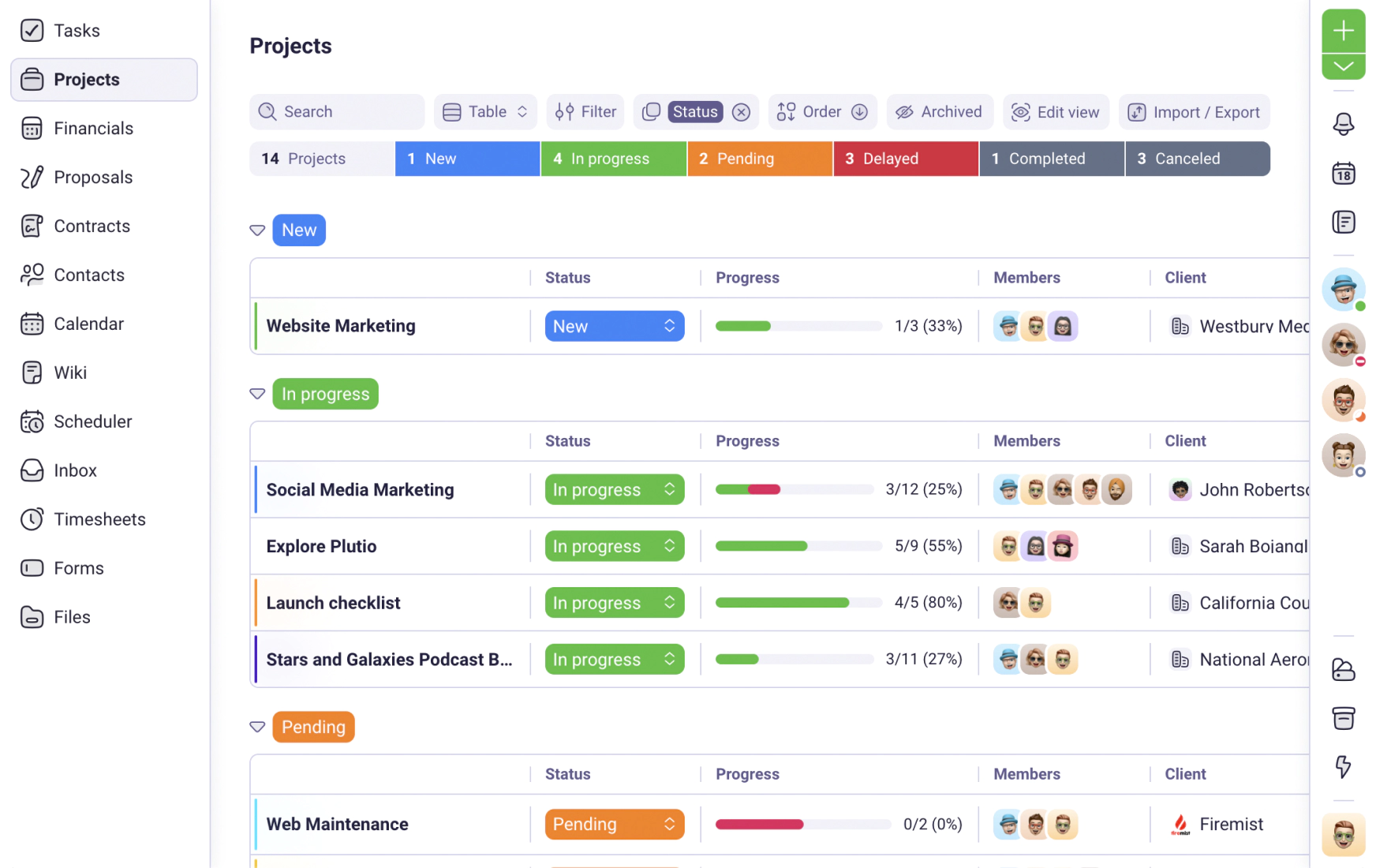We use cookies to personalise and enhance your experience.
If you’re looking for a more flexible working life, freelancing can be an excellent option. It allows anyone with other commitments to adapt their schedule to fit with them, such as having to balance work and studies. And it's especially great for those who want to get out of the stuffy office. What's more, is that there are freelance options available for pretty much every field out there. No matter if you work in robotic process automation or marketing.
Despite all the advantages of this way of working, there is one major downside to it. And that’s that it can be hard to maximize your time. It could be that when not in the office, freelancers aren’t getting that push from the boss. Or it could be that the lure of staying in bed for that extra half an hour is just too tempting. Whatever the reason, it can be challenging as a freelancer to make the most of your time.
But fear not! Here are five tips to maximize time, manage your freelance workload, and be the best freelancer you can be.
Watch Your Time
The thing about working from home, a café, or anywhere that isn’t the office is that distractions are EVERYWHERE. What would typically take an hour to finish after work can be stretched out to three hours when you work from home. So, it’s essential to sit and focus on the task at hand while keeping an eye on time too.
Let’s say you’ve been commissioned to write a 500-word blog about the types of software testing. Instead of getting up to make a drink every 100 words, try giving yourself 1 hour to focus on the piece alone. And then reward yourself with a trip to the snack cupboard afterward. This method will help you be much more productive.
This is also suitable for workers that charge by the hour. It means at the end of the day, you’ll know how long you’ve spent on projects, rather than leaving yourself unsure as to how much work time you actually spent working. That is, compared to how much time you spent playing with the dog.
Another tip is to use a time tracking tool. This is especially useful if you find yourself spending too long on projects to the point that you burn out. Or realize you aren’t getting paid enough for the work you do.
If timing yourself is an area that you need to get used to, it can help to research the subject. Exploring “35 powerful Google Calendar hacks to master time management” or “10 ways to keep on top of time successfully” will help.
Automate Social Media
As we're all probably aware by now, social media is a crucial part of any company's growth. Whether promoting yourself or a firm, small business management tools that assist with social media are essential to maximizing time.
Using an automation tool to post social media updates, such as opinions, articles, or new work, will save you time. You can copy and paste updates to go out on specific dates and times and individual platforms. This will help you get more views on posts and drive engagement.
Automating works a bit like using a phone script for scheduling appointments. The information is already there. All you have to do is press a few buttons to share it. This is a real-time economy in the long run.
Also, posts get higher views at certain times of day, like when people are scrolling through their socials on the way to work or at lunchtime. So, using automation to post on social media saves you from sitting around at 8.30 a.m. poised and waiting to press send on a post.
Plan Your Tasks
The thing about freelancing is that sometimes you can find yourself twiddling your thumbs, while at other times, you have so much work that you wish you had three extra hands. This is especially true if you work for several different clients. So, to cope with stress, it’s vital to plan your tasks ahead of doing them. Otherwise, you can find yourself trying frantically to remember what’s due in for when and with which client.
This means writing things down every time you get sent a new piece of work. Then, at the start of the week, take half an hour to organize your schedule for the coming days. Doing this will help you keep on top of your deadlines and let you know how long you have to spend on each piece. It may even help you figure out if you can take on extra work or not.
When working in the office, people often use software like Trello to keep on top of the work that needs doing. When you are being sent work from various outside sources, this won’t cut it. So, as a freelancer, looking into Plutio will enable you to keep on top of your separate projects a bit easier.
To make the most of your time, you can even check your work tasks the evening before to get in the right mental space for the next day.
Stick to A Schedule
Okay, so doing the same thing day in day out can get a little mind-numbing. But creating a schedule and sticking to it won’t just help your mental health. It helps get work done quicker too. The reason for this is that it reduces ‘mind clutter’ and creates purpose for your day, allowing you to establish a sustainable and flexible freelance career.
When learning how to schedule like a pro, it’s essential to consider the hour or so before and after work too. This will help ease you in and out of your working day. Having a schedule means you don’t spend an hour eating breakfast and scrolling through your social media when 9 a.m. rolls around.
Your schedule may look a little like this:
- 8.30 a.m. – Get up, have breakfast, get dressed, etc.
- 8.45 a.m. – Switch on computer and check social media.
- 9 a.m. – Check and respond to emails.
- 9.30 a.m. – Pitch new ideas to clients.
- Break (have a coffee and snack)
- 10.30 a.m. – 1.30 p.m. – Do any work for call controller app client.
- 1.30 p.m.-2.30 p.m. – Lunch (do some housework at this time).
- 2.30 p.m.– 3.30 p.m. – Have catch-up meetings with DevOps client.
- Break (go for a walk and have a snack)
- 4 p.m. – 6 p.m. – Complete work for DevOps client.
- 6 p.m. – Work out and have dinner after.
Of course, your schedule may look totally different. But sticking to a routine will give you a structure for your day and a timeline for your tasks. Or you risk falling behind with work. It also means you will wake up on time and aren’t spending too long getting distracted by things like housework.
As you can see, breaks have also been scheduled. It’s vital to take breaks as a freelancer to avoid burnout and help you stay mentally fresh. It can be easy when working from home to lock yourself away and spend all day in front of a computer. But this isn’t healthy for you and can ultimately harm your work. Perhaps you could try using the ‘Pomodoro Technique’ to break your work down into manageable 25-minute sessions, followed by short breaks throughout the day, to stay sharp.
Surround Yourself With Things That Make You Happy
This isn’t as cheesy as it sounds. It’s more about creating an environment that you feel comfortable working in and pushes you to keep on going. Lots of us have worked in offices where silence is the norm, and the only decoration comes in the form of a dying plant. These spaces do nothing for creativity and just encourage people to spend the day clock-watching.
Working from home is your opportunity to create your dream office. If that means having eight pictures of cats on the wall and playing nothing but 80s rock non-stop, then go for it. Do what you need to feel happy in a space that makes you as productive as you can be.
Of course, make sure that your home office isn’t too distracting. But most importantly, building a comfortable space that suits you will mean you want to be there. And this will help you get your work done.
As a little tip, if you’re wondering how to organize meeting notes to keep on top of clients, you can always invest in some desk drawers for your home office. This enables you to sort out notes and to-do lists.
Working freelance can be incredibly liberating and exciting. But it’s easy to fall behind with work. Following these tips helps maximize time and makes you realize why you went freelance in the first place.
Have you tried Plutio yet?
The only app you need to run your business and get work done.
Try Plutio for FREESupercharge your business
The complete toolkit to run your business
The intuitive all-in-one solution to manage and collaborate on projects, share files, build forms, create proposals, get paid, and automate your workflow.
No credit card required


